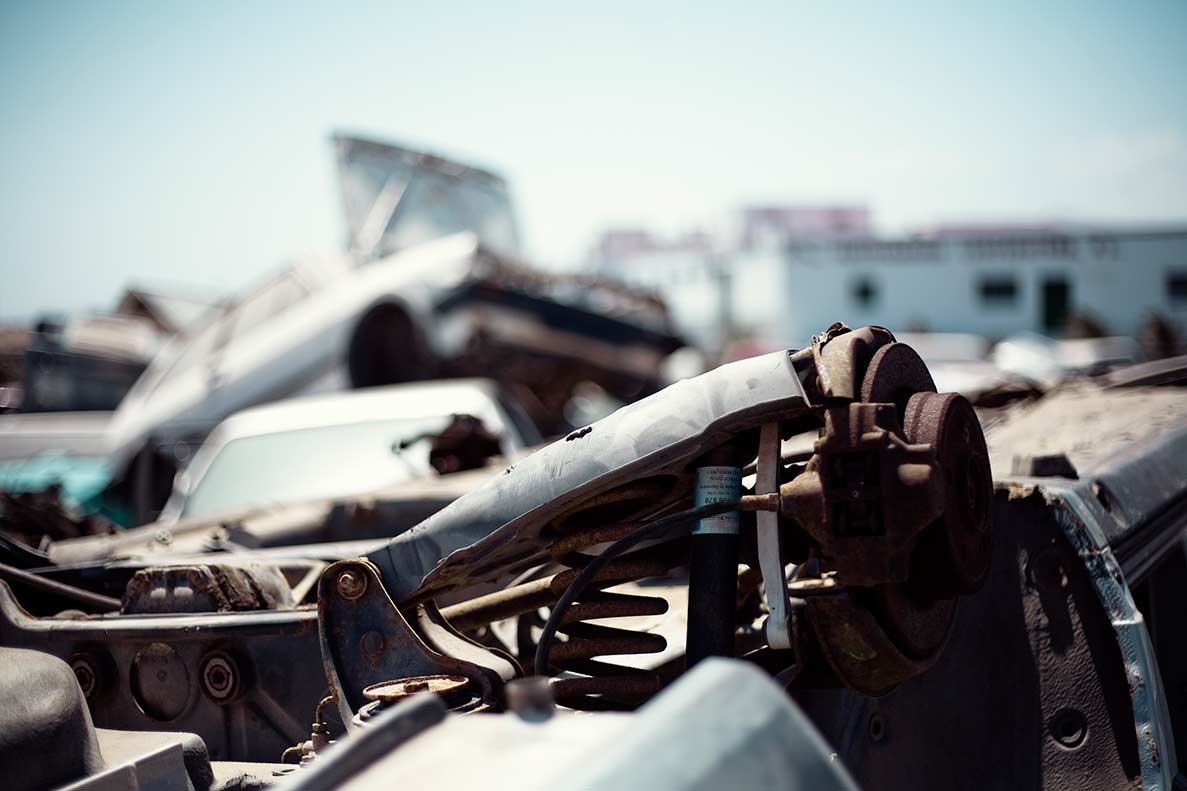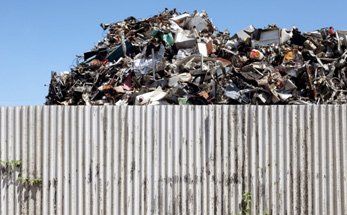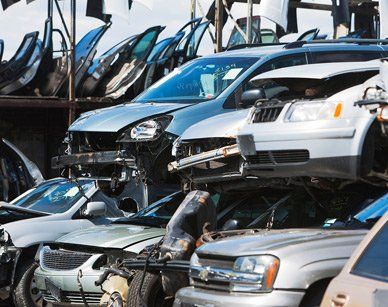There is a lot of stainless steel scrap out there to collect and sell. However, stainless steel isn't always as straightforward as various other types of metal. Stainless steel isn't all the same. Different grades can make a difference in how much a scrap yard or recycling company will pay for the scrap.
Stainless steel is a steel alloy. That means it contains a certain percentage of chromium. It can also contain nickel and manganese. The ratios of these elements present in the metal typically dictate the grade of the stainless steel. One of the most common grading systems for stainless steel is the SAE Steel Grades chart.
The stainless steel grades break down into a series number. These run from the 100-series to the 600-series. Most forms of stainless steel in the US will come from the 300-series. This is important to know for several reasons.
The makeup of the stainless steel can give it different appearances, and even different levels of magnetism. You may already know a good way to separate ferrous from nonferrous metals is with a magnet. A magnet won't stick to, or pick up, nonferrous metal.
Stainless steel doesn't always operate that way. You can accidentally find yourself mixing your stainless steel in with metals of typically lesser value. Stainless steel is ferrous or nonferrous depending on the other elements in it.
100 and 400-series SS usually holds the least value. The 200 and 300 series will have a little more value, with the 300 series being the most common.
Many places that buy stainless steel scrap may just pay you a generic bulk price if you don't know what kind of stainless steel scrap you have.
There are a few ways to figure out the type of stainless steel you have. Many testing methods require expertise, materials, and equipment many people don't have. However, you can generally use the following two methods to decide if your stainless steel is 400-series or 300-series:
- 400-series. This metal is magnetic because it doesn't contain nickel. You can use any magnet to find this type of stainless steel.
- 300-series. This type of stainless steel is nonmagnetic and most common SS. The 300-series grows in value as the numbers rise. For example, SS 316 holds more value than SS 304. Most stainless steel flatware and cutlery are of the SS 304 variety. If you touch stainless steel to a grinding wheel, and it sparks, then it's likely in this series.
The odds of you finding stainless steel outside of these two series is low. If you suspect you have a different grade, then call ahead to discuss how much a scrapyard may pay for it.
For most people collecting scrap, it's usually not worth it to test all their stainless steel to find a specific grade within a general series. If you come across a large amount of stainless steel from a single source, have a lab or machine shop test a piece to ascertain its specific grade.
Knowing an approximation of the SS grades you have can help you shop around. But, not all scrapyards pay for stainless steel by grade. Some just offer a flat amount no matter what type it is. Others, you may have to call and negotiate with.
At A&P Recycling Co., we do accept stainless steel scrap. If you want to bring yours in, or find out more about our stainless steel scrap policy, then
contact us today.









